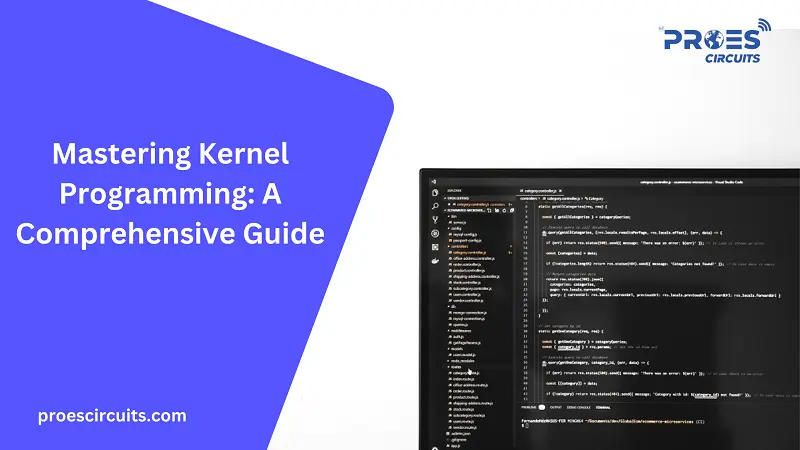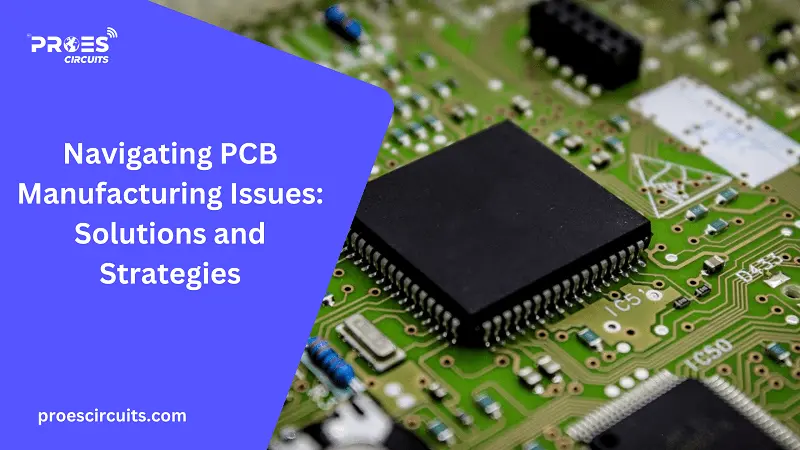Introduction
Low level programming refers to the practice of writing software that operates close to the computer hardware, providing little or no abstraction from a computer’s instruction set architecture. This type of programming is characterized by its direct manipulation of hardware resources, offering a granular level of control over system operations. Due to this proximity to hardware, low level code tends to be highly efficient and fast, making it indispensable for developing operating systems, embedded systems, device drivers, and high-performance applications where speed and resource management are critical.
It also plays a crucial role in programming situations that demand absolute precision and predictability, such as in safety-critical applications found in automotive, aerospace, and medical devices. While low level programming can be more complex and less portable than its high-level counterparts, its importance cannot be overstated, as it lays the foundation upon which high-level abstractions are built, enabling the rich, user-friendly computing experiences we often take for granted today.
Understanding Low Level Programming
Low level programming stands in stark contrast to high-level programming, with the main difference lying in the level of abstraction from the computer’s hardware. High-level programming languages, such as Python or Java, are designed to be easily readable by humans and are abstracted far away from the machine’s instruction set, allowing developers to write code without worrying about hardware specifics. This abstraction simplifies development but often at the cost of performance and efficiency.
On the other hand, low level programming languages, notably Assembly and C, offer minimal abstraction, bringing programmers much closer to the machine’s architecture. This proximity allows for precise control over the system’s hardware, enabling developers to optimize their applications for speed and memory usage. However, it comes with the responsibility of manual memory management, requiring programmers to allocate and deallocate memory spaces explicitly, a process automatically handled in high-level languages.
This granular level of control can significantly enhance application performance, especially in environments where resources are limited or where execution speed is paramount. Despite its complexity and the greater potential for errors, low level programming remains essential for system software, embedded systems, and performance-critical applications, where the benefits far outweigh the challenges.
Languages of Low Level Programming
Within the realm of low level programming, several languages stand out, each offering unique features tailored to specific use cases and programming paradigms.
Assembly Language is perhaps the most direct form of communication with a computer’s hardware, barring machine code itself. Assembly languages are specific to each type of CPU architecture, translating basic instructions into opcodes that processors can execute directly. This language allows for meticulous optimization and is often used in developing firmware, device drivers, and real-time systems where control over every cycle of execution is critical. Despite its power, the complexity and lack of portability across different hardware platforms limit its use to scenarios where speed and efficiency are paramount.
C is a stalwart in the low level programming landscape, striking a balance between low level control and somewhat higher-level abstraction. Renowned for its efficiency, C allows for direct manipulation of bytes, pointers, and memory allocation, making it ideal for systems programming, including operating systems, embedded systems, and applications requiring high performance. Its widespread use and the abundance of compilers across various platforms make C a versatile choice for low level programming tasks.
Rust represents a modern approach to low level programming, offering memory safety guarantees and concurrency without data races, which are common pitfalls in languages like C. While Rust provides the performance and control expected from a low level language, its sophisticated type system and ownership model prevent many classes of bugs at compile time, making it suitable for developing reliable and efficient system software, network services, and concurrent applications. Rust’s inclusion in low level programming reflects a growing trend towards safer and more maintainable codebases, even in environments demanding close-to-the-metal efficiency.
Core Concepts in Low Level Programming
Low level programming is fundamentally concerned with how software directly interacts with hardware, making understanding core concepts such as memory management, binary arithmetic, bit manipulation, and hardware interaction crucial.
Memory Management is a cornerstone of low level programming, especially the differentiation between stack and heap memory. The stack is a region of memory that stores temporary variables created by each function (including the main function). It operates in a last-in, first-out manner, with a clear and efficient allocation mechanism but limited size. The heap, conversely, is used for dynamic memory allocation, where the size or number of required variables is not known at compile time. While heap memory is more flexible than stack memory, it requires explicit management (allocation and deallocation) by the programmer to avoid memory leaks. Pointers are used in low level languages like C to directly address and manipulate specific memory locations, enabling dynamic data structures like linked lists and trees.
Binary Arithmetic and Bit Manipulation involve operating on data at the bit level, which is fundamental for optimizing resource use and performance. Operations like bit shifting, masking, and toggling are common, allowing programmers to read, set, clear, and toggle individual bits within a byte or word. These operations are crucial for developing efficient algorithms, especially in compression, cryptography, and direct hardware manipulation.
Hardware Interaction is another critical aspect, involving direct communication with peripheral devices and making system calls. Low level programming enables the software to directly read from or write to hardware devices, such as disks, network interfaces, or custom hardware components. System calls are used to request services from the operating system’s kernel, such as file operations, creating or killing processes, and communication between processes. This direct line of communication with the system’s hardware and underlying OS services allows for highly efficient and specific control, essential for system software and performance-critical applications.
Challenges and Solutions
Low level programming, while powerful, introduces significant challenges, notably in debugging complexities and managing performance and efficiency.
Debugging complexities arise because low level code is closer to the machine’s instruction set, making errors more cryptic and harder to trace. The absence of runtime checks common in higher-level languages means that issues like memory corruption, pointer errors, and resource leaks can be elusive and devastating. Solutions include using specialized debugging tools, meticulous code review, and adopting modern languages like Rust that provide safer memory management while still allowing low level control.
Managing performance and efficiency is both a benefit and a challenge in low level programming. The granular control over hardware resources allows for highly optimized code but requires a deep understanding of both the hardware’s and the program’s performance characteristics. Profiling tools, benchmarks, and a strong grasp of algorithmic efficiency and systems design are essential for maximizing the advantages of low level programming. Balancing speed, memory usage, and computational efficiency becomes a nuanced art, necessitating ongoing learning and adaptation to new technologies and methods.
Conclusion
Low-level programming remains a foundational pillar in the world of software development, bridging the gap between abstract computational ideas and the tangible hardware that executes them. Its significance lies in enabling unparalleled control over system resources, leading to highly efficient and optimized software solutions. While it poses challenges in complexity and demands a meticulous approach to memory management and debugging, the rewards in terms of performance and understanding of underlying computational mechanisms are unmatched. Aspiring and experienced developers alike are encouraged to delve into low-level programming, as mastering it not only enhances technical proficiency but also opens up new horizons in creating cutting-edge software.






